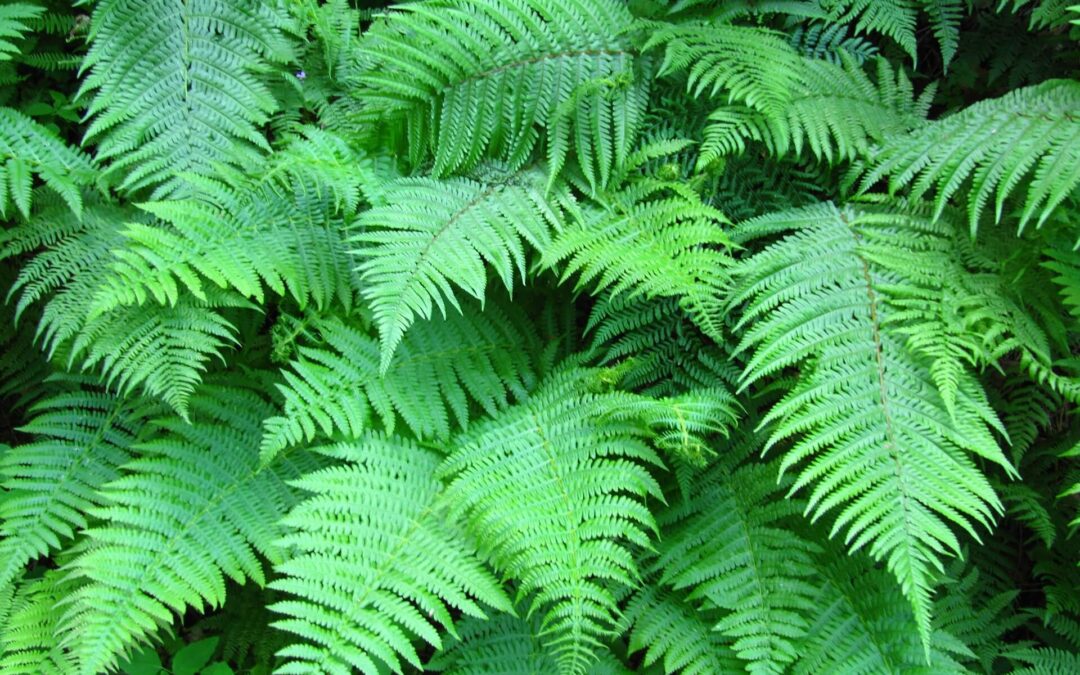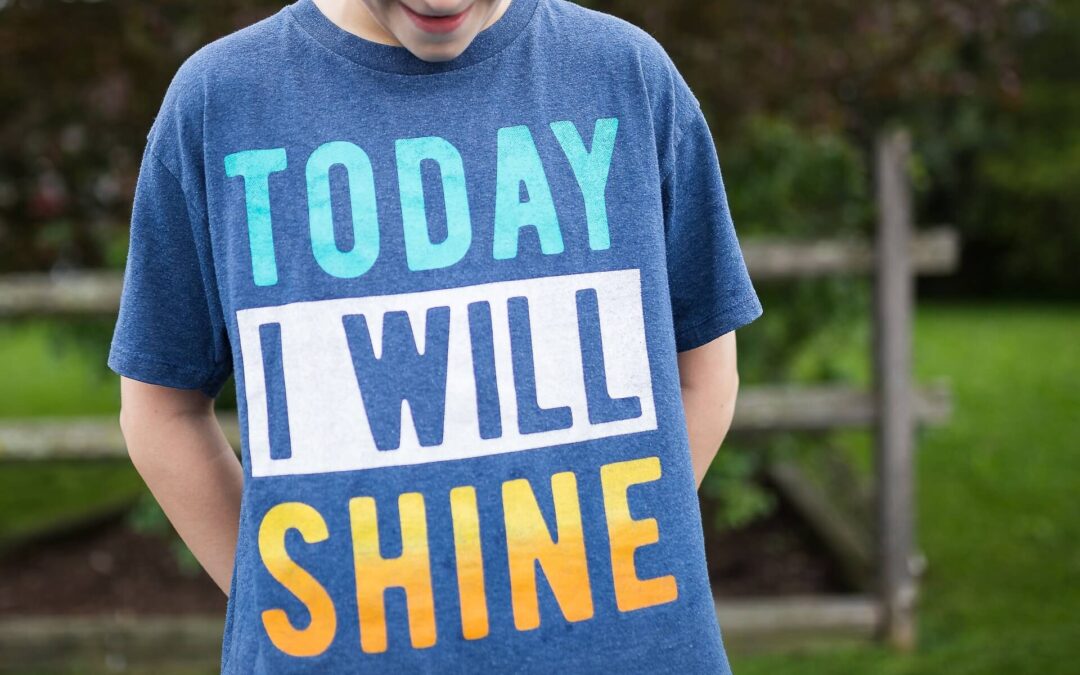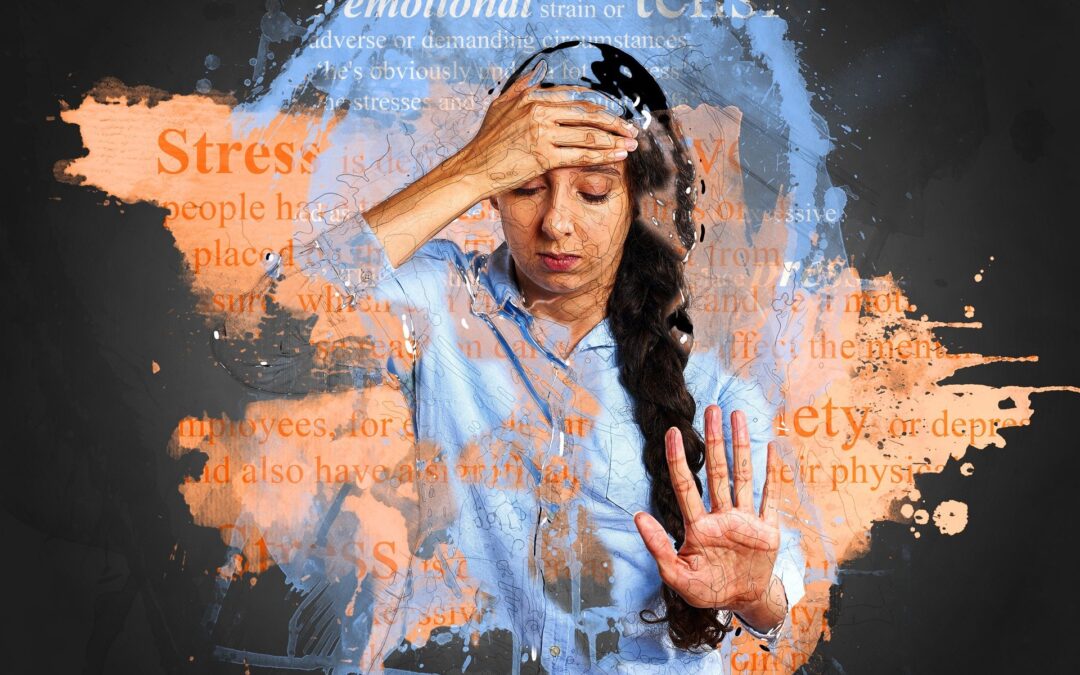
Health Benefits of Houseplants
In a recent article written by Andrea Curry entitled, “Houseplants to the Rescue” and published in the Old Farmer’s Almanac Garden Guide 2023, the many virtues of several common houseplants were discussed. More specifically, the many virtues of houseplants that can detoxify the air. I was familiar with those qualities in Spider Plants and the Peace Lily, but the other plants piqued my interest as I’ve also had experience with them in my home. Why detoxify your air? Because clean air means healthier air. And healthier air means better health and wellness – for humans and pets living in those situations.
Currently, most houses, schools and offices have limited or no ventilation. Newer homes are “energy efficient” by sealing off many of the access points to fresh outside air. This means that the air in these energy efficient spaces just recirculates and goes in and out of us as we breathe. These toxins have harmful chemicals called “volatile organic compounds”, or VOCs. Most toxins stay in the air until we breathe them in (or they land on our skin) – then, they have a chance to get into our lungs and blood to circulate throughout us. Certain VOCs at certain levels in our bodies can create health issues ranging from headaches and digestive issues to cancer, and more. Some issues are acute, but some toxins can create chronic health problems. By diluting or removing toxins (and thereby removing VOCs) from the air, we give ourselves a big health and wellness gift. And what a wonderful way to do it by using Mother Nature’s plants.
The article refers to Dr. B.C. Wolverton, a former NASA scientist and now an environmental scientist, and his 10 picks for the best houseplants to have in your home and office for removing harmful toxins and their VOCs. He has written articles and books on this subject. His books include: How to Grow Fresh Air: 50 Houseplants that Purify Your Home and Office and Plants: Why You Can’t Live Without Them. Some of these plants may surprise you!
His #1 choice as an air-purifying houseplant is the Areca Palm. It is easy to grow and adds up to a litre of water a day to humidify the air. It is especially effective at removing toluene and xylene. Toluene is found in gasoline, heating oils, kerosene, lacquers and paints. Xylene is found in cigarette smoke, gasoline, paint, paint thinners and products treated with rust preventatives.
Other houseplants he suggests include:
- Corn Plant (a type of Dracaena) – great for overall air purifying
- Janet Craig Dracaena – especially good at removing trichloroethylene which is found in inks, paints, photocopiers, printers and varnishes
- English Ivy – effective overall air purifier that can handle benzene which is found in adhesives, ceiling tiles, floor coverings, paints and particleboard
- Peace Lily – effective at removing acetone, benzene (see above), methyl alcohol and formaldehyde. Acetone is found in cigarette smoke, nail polish, nail polish remover, paints and plastics. Methyl alcohol (aka methanol) is found in adhesives, cosmetics, dyes, resins and varnishes. Formaldehyde is found in cleaning products, fiberboard, particleboard, plywood and upholstery.
- Boston Fern – the most effective houseplant at removing formaldehyde.
- Bamboo Palm – excellent all-round air purifier, but especially effective at handling benzene, formaldehyde and trichloroethylene.
- Dwarf Date Palm – strong overall air purifier, second only to the Areca Palm in its ability to remove toluene and xylene from the air.
- Rubber Plant – especially good at removing formaldehyde, the most common toxin in the home.
Need more convincing that houseplants help?
- A 2008 study in India found that workers in plant-filled office buildings had 24% fewer headaches, 52% less eye irritation, 34% fewer respiratory conditions and 12% higher lung capacity than workers in plant-less environments
- A 1996 Norwegian study found that office workers coughed 37% less after plants were introduced into their workspace
- A 2010 Australian study showed that “Janet Craig” dracaena and Peace Lily reduced negative moods (ie. anger, anxiety, depression, stress) in office workers by 40-60% over 3 months.
These houseplants are generally easy to maintain and they add that touch of “green” that brings Nature into our homes, schools and offices. We spend a lot of time indoors. A walk outside in the garden or forest is powerful in its ability to bring freshness and a sense of peace and balance to a hectic life. Why wait? Bring that freshness, peace and balance into your home, school and office now with houseplants!





Recent Comments